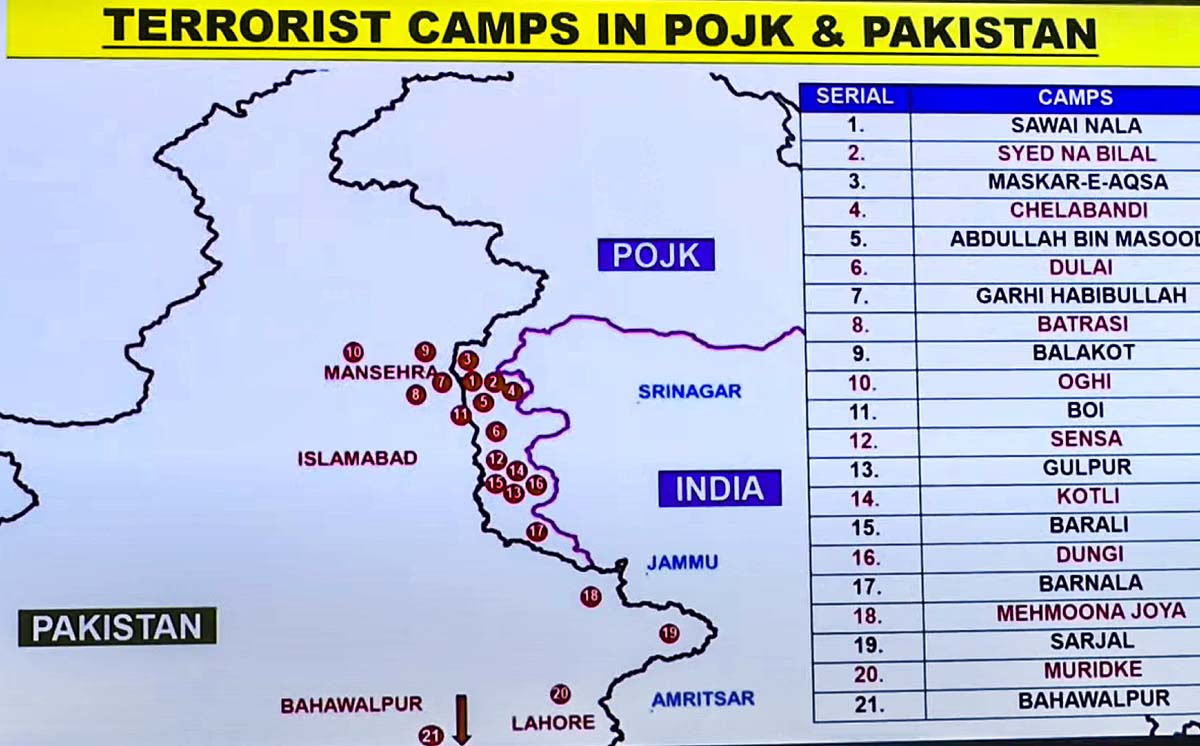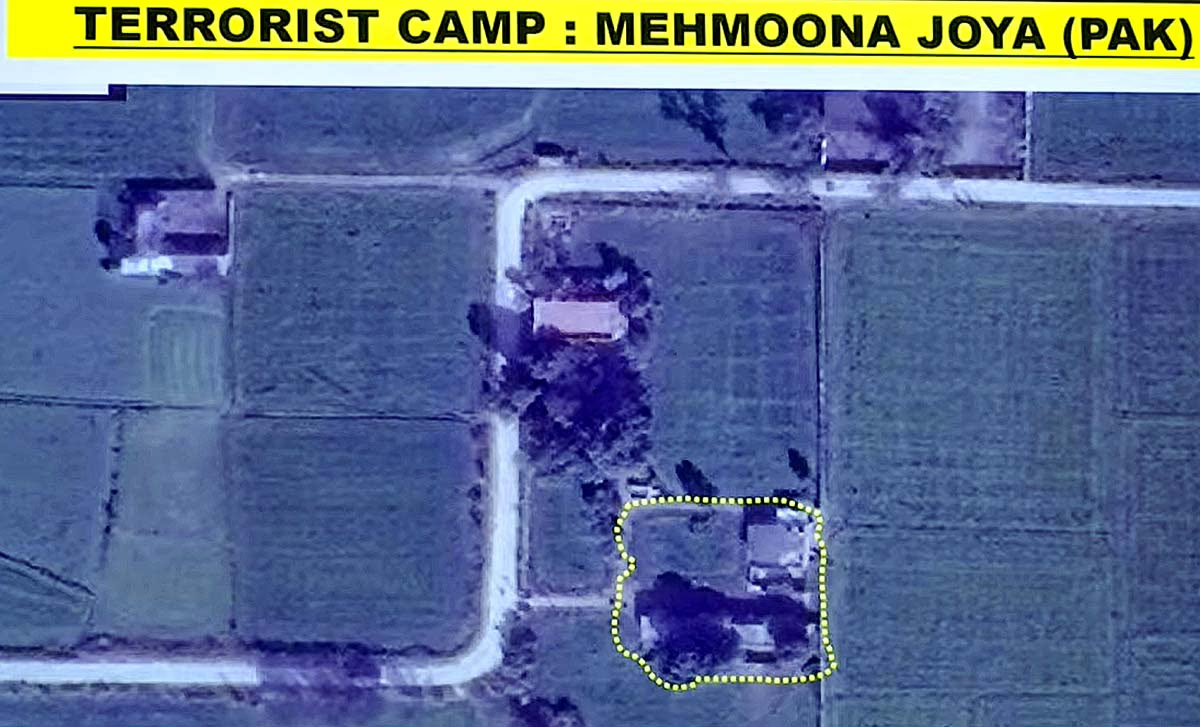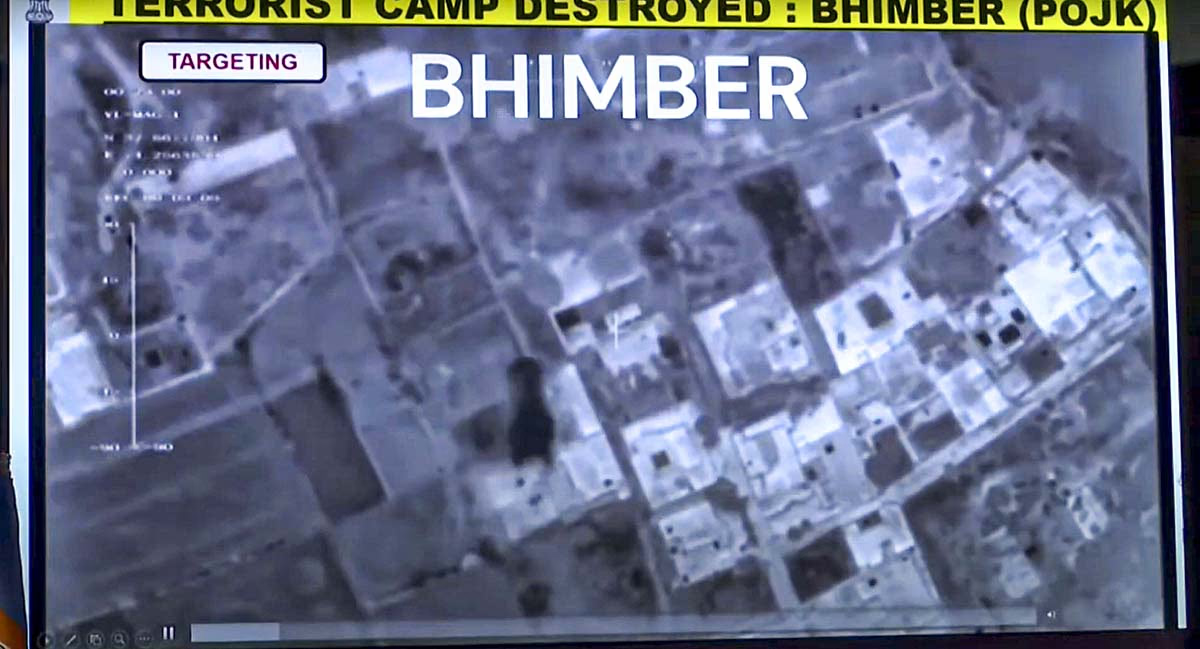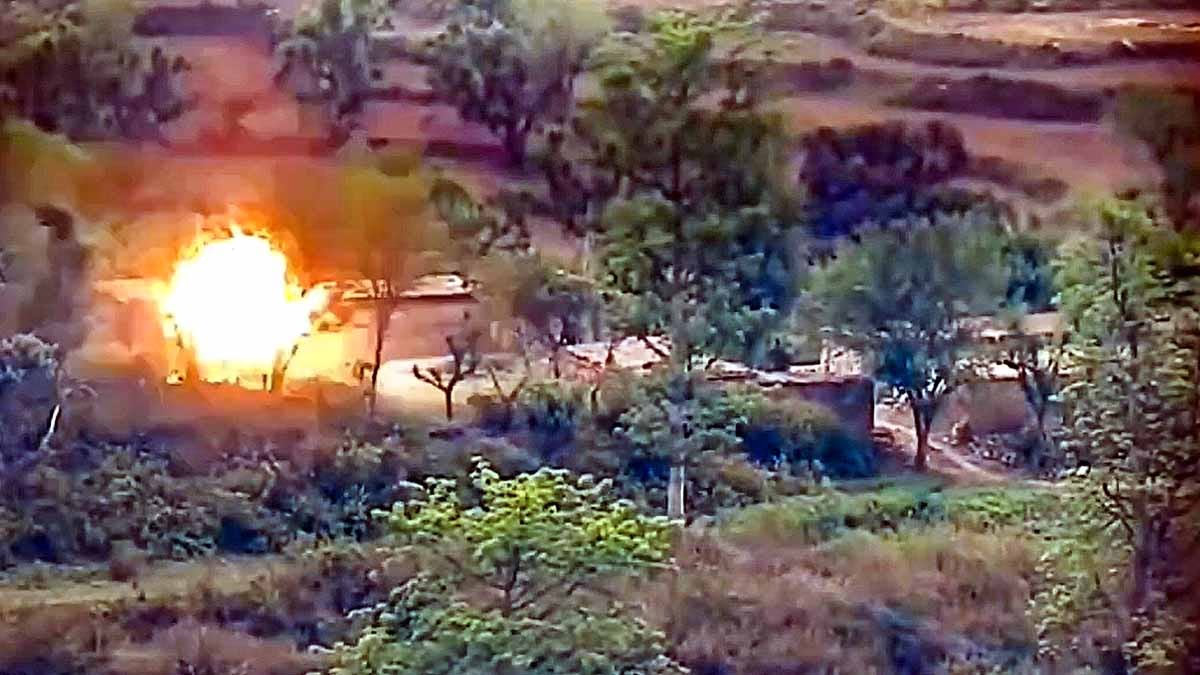India is rigorously countering terrorism in Jammu and Kashmir with its military might, yet Pakistan persists in its disruptive activities. Recent intelligence reports reveal that Pakistan is rebuilding 15 terror camps and launchpads within 90 days, previously dismantled in Operation Sindoor. This new terrorist strategy could pose a significant challenge for India.
What Occurred After Operation Sindoor?
Following the terrorist attack in Pahalgam on April 22, 2025, India launched Operation Sindoor on May 7, 2025. During this operation, the Indian army targeted nine terror camps in Pakistan and POK, which housed groups like Jaish-e-Mohammed (JeM), Lashkar-e-Taiba (LeT), and Hizbul Mujahideen.
About 100 terrorists were neutralized in this attack, affecting sites such as Jaish headquarters in Bahawalpur and the Lashkar camp in Muridke. However, recent news suggests Pakistan is fervently reconstructing these camps.

Source: aajtak
How Are 15 New Camps Being Established?
According to intelligence agencies, within the past three months, Pakistan has embarked on creating 15 new terror camps and launch pads in POK. These camps are sprouting in diverse locations including...
Kel, Shardi, Dudhnial, Athmuqam, Jura, Lipa Valley, Tandapani, Nayyali, Jankot, and Chakothi.
Moreover, near the international border in the Jammu region, a drone center is reoperating in Masur, Chaprar, and Shakargarh.
Pakistan’s intelligence agency ISI, along with other governmental entities, fully supports these terrorists. Reports indicate that ISI has allocated over 100 crore Rupees to fund these camps.
What’s the New Strategy?
Pakistan is now concocting new strategies by learning from past failures...
Smaller Camps: Whereas previously camps housed 100-150 terrorists, now only 20-25 are stationed per camp to evade large-scale attacks by the Indian army.
Camps Hidden in Forests: These camps are secluded in dense forests to elude Indian surveillance.
Use of Technology: Advanced technologies such as drones, radar camouflage, and satellite masking are being employed.
Women and Children as Shields: Terrorists are now using women and children as shields to safeguard against attacks.
New Training: Terrorists are being trained in using drones and espionage equipment.
It’s clear terrorists are acting cautiously, striving to dodge Indian army radar detection.

Source: aajtak
ISI and Terrorist Organizations’ Conspiracy
Post Operation Sindoor, ISI convened numerous meetings with the top commanders of Jaish-e-Mohammed, Lashkar-e-Taiba, Hizbul Mujahideen, and The Resistance Front (TRF). Within these meetings...
New weapon acquisitions are underway.
The reorganization of operational leadership is occurring.
Plans are in place for recruiting new terrorists in Pakistan and Jammu and Kashmir.
Nevertheless, due to aggressive Indian military presence in Jammu and Kashmir, recruitment rates remain low. Local inhabitants are increasingly hesitant to join terrorists.

Source: aajtak
What Threats Does It Pose for India?
Fear of New Attacks: These camps could again strategize militant infiltration and assaults in Jammu and Kashmir.
Technological Challenges: Drones and radar camouflage could complicate surveillance for the Indian army.
Regional Tension: Should India retaliate, tensions between India and Pakistan might escalate.
India has clearly stated that operations akin to Sindoor will continue. Should Pakistan persist in such maneuvers, it will bear consequences.
What Should India and Its People Do?
Enhance Surveillance: The military needs to keep an eye on these camps via drones and satellites.
Border Security: Practice greater vigilance along the Jammu and Kashmir and POK borders.
Raise Awareness: Inform local people about the terrorists’ plots.
Leverage International Pressure: India should encourage global pressure on Pakistan.




